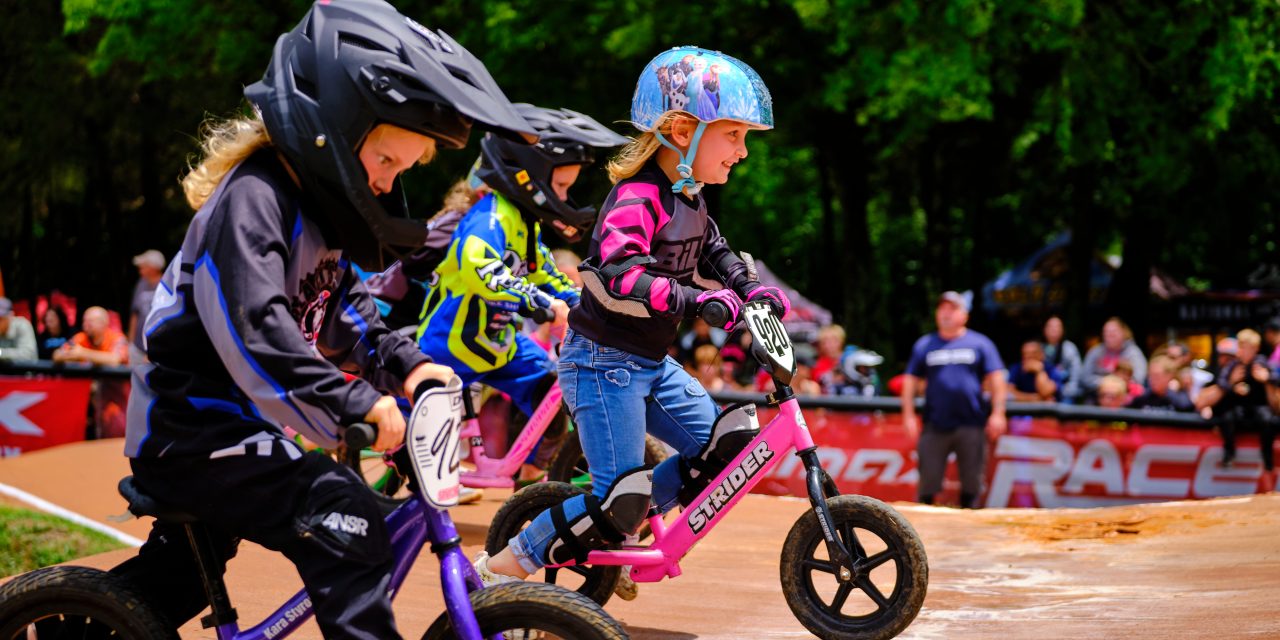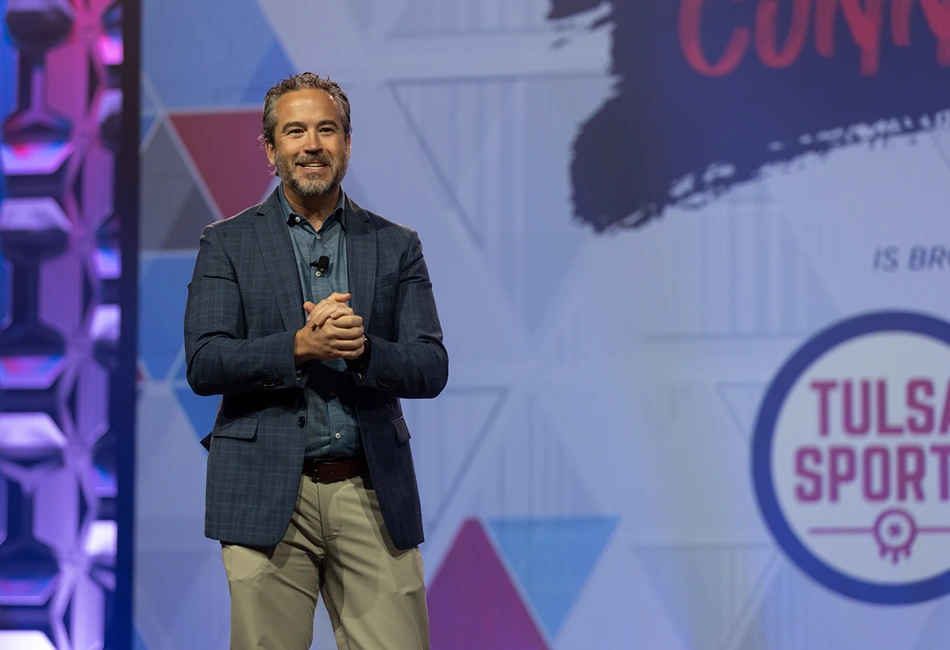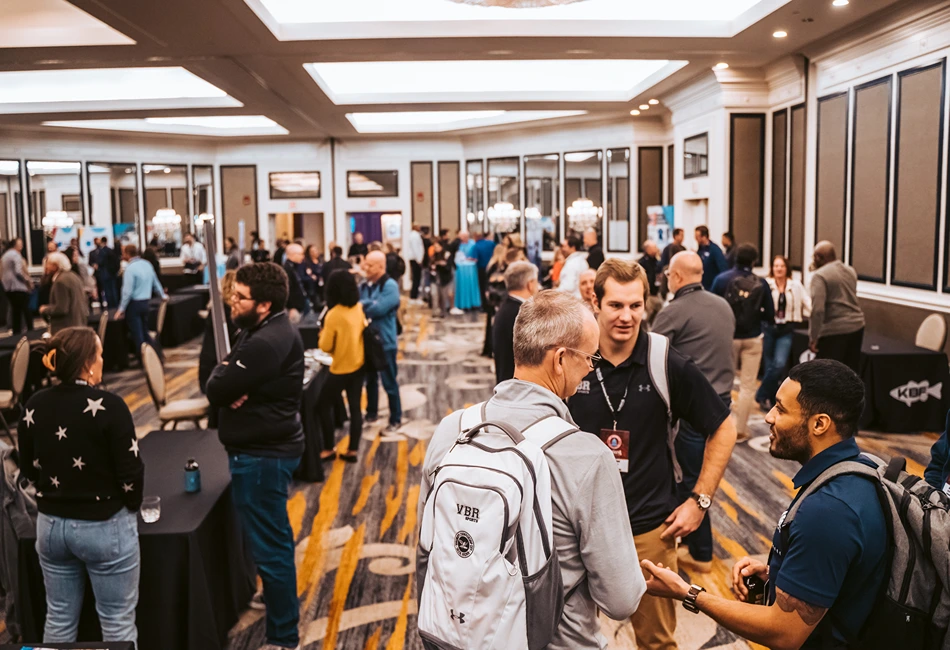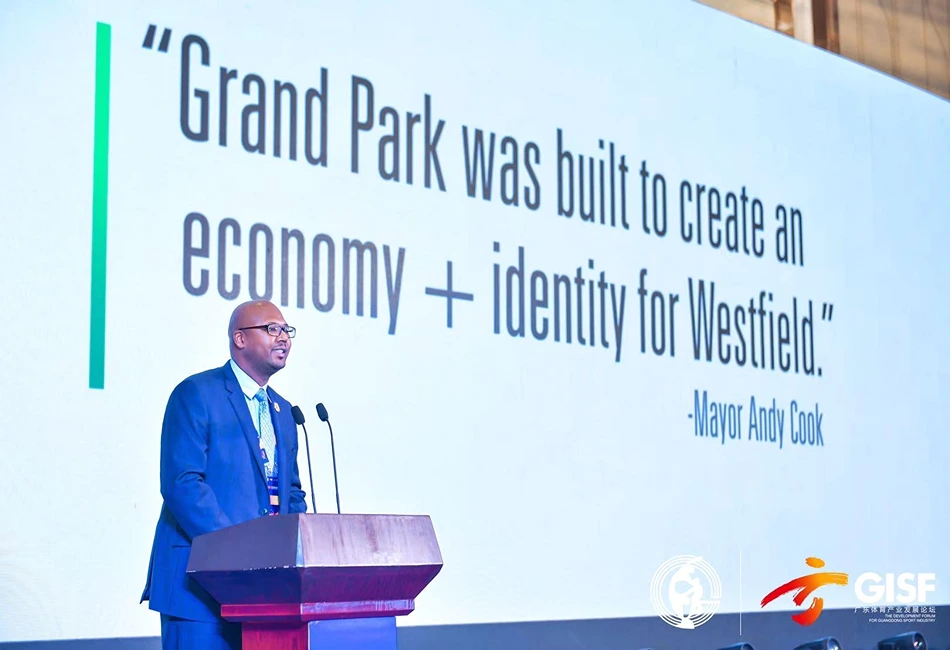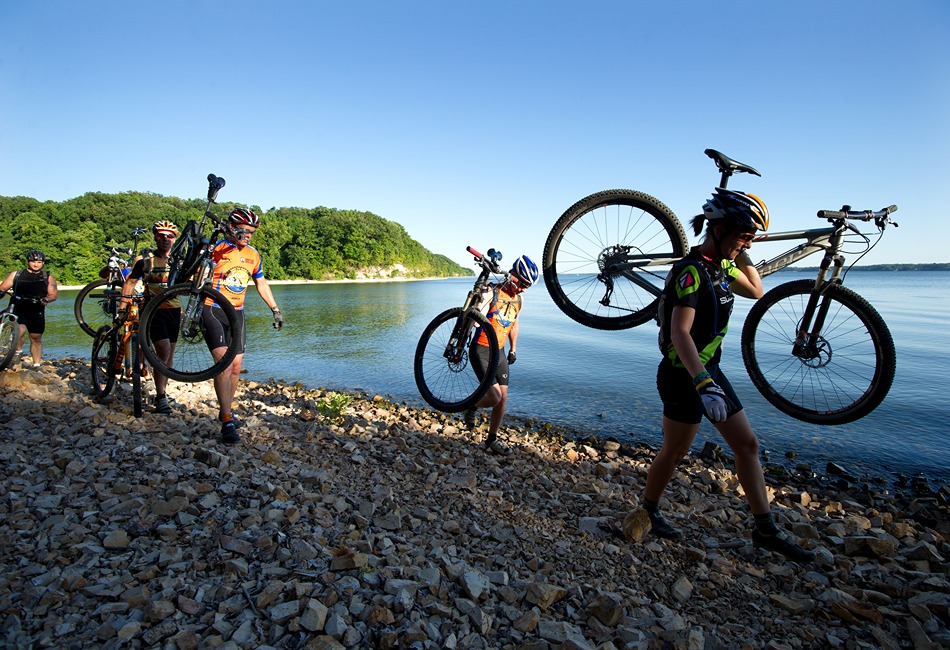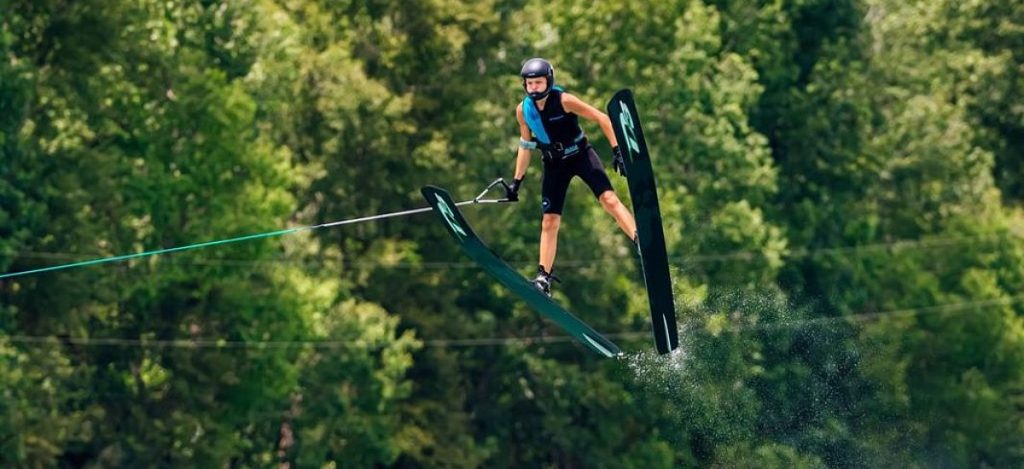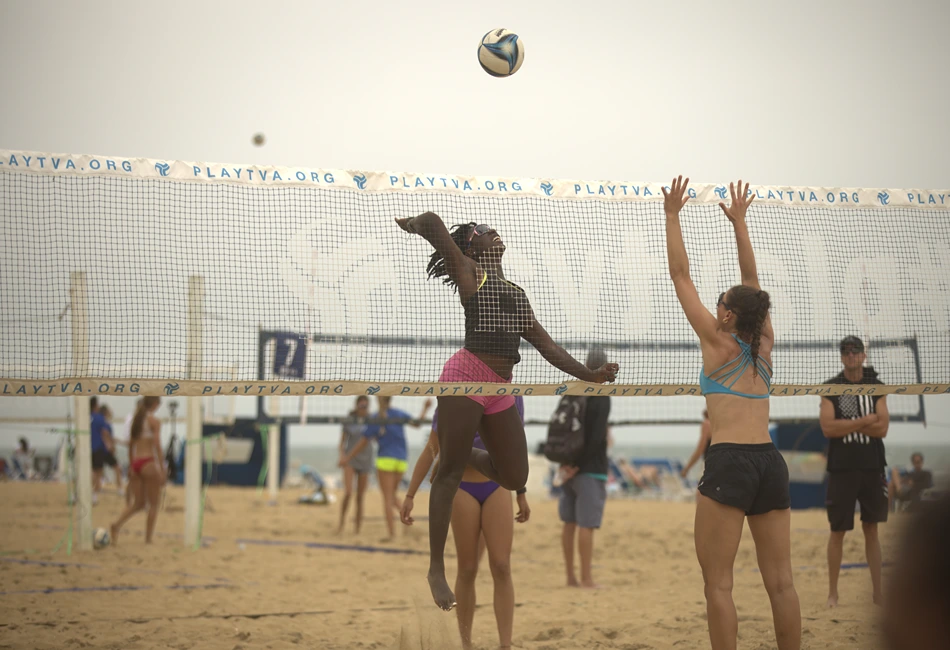Bicycle motocross (BMX) is life’s work and play for John David. It’s been about a quarter century since his college days at Louisiana State University introduced him to what became his career path, but some of David’s earliest and fondest BMX memories include he and his oldest sister knocking on their dad’s door in the wee hours of the morning to ask if they can go to the track.
After racing as a kid, David familiarized himself with the business side of the sport at LSU, where a friend’s departure from a parks and recreation position opened a door that he naturally stepped through. While running the BMX program, David took it upon himself to pull together a winning bid for the Cajun Nationals, a proposal he drove to Ohio to hand deliver on behalf of the Baton Rouge-based organizing committee.
Timing and passion continue to shape David’s journey as well as BMX’s ascent to record-setting heights. In this SPG Interviews, we talk Team USA’s performance at the Tokyo 2020 Summer Games, the story of grit and resilience behind USA BMX’s move to Tulsa, and how nontraditional sports and economic development are driving the future of sports tourism.
Sports Planning Guide (SPG): First things first, what are your thoughts on Team USA BMX Racing at the 2020 Tokyo Summer Games?
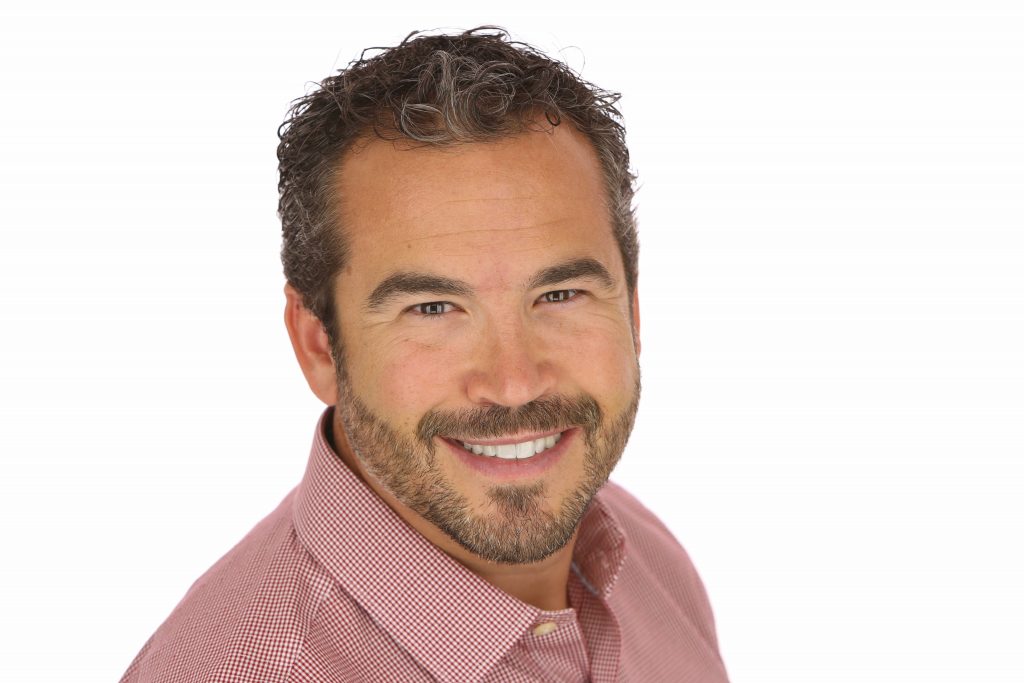
John David
John David (JD): All of these athletes, we grew up with them. We know their parents, we know them personally. I like to call them friends. The team that was assembled includes some of the highest quality caliber of humans that you can imagine. Many of them are multi-year Olympic athletes and they are great representatives of our sport. Anything we ever ask of them, any opportunity to market or promote, these guys will jump right on it.
We went into Tokyo, everybody involved in the process from USA Cycling on down, and felt like this was our best chance ever to come out with at least a couple of gold medals. We have the best male athlete in Connor Fields, the best female athlete in Alise Willoughby, the most seasoned—Felicia Stancil has been on fire, Corben (Sharrah) just won a world championship. It was tough. I’m sure USA Cycling looks at it with expectations of a medal count—that’s so much of their focus on BMX athletes.
I look at the human toll—I know these guys, I know how hard it is on them and how much they want it. And it’s BMX—it’s one main (event). At Grand Nationals at our season finale every year, we take that main event and run it three times to try to create a little more consistency to try to get the most consistent riders at the top. At the Olympic level, there it is one main event—one lap, about 35 seconds to see what happens and anything in any race can happen. It was a little disappointing but the family here at USA BMX loves these guys more than anything in the world. We just wanted to see them have the best experience that they could and they had a great Olympics. They made it there and they will hold that in their hearts forever.
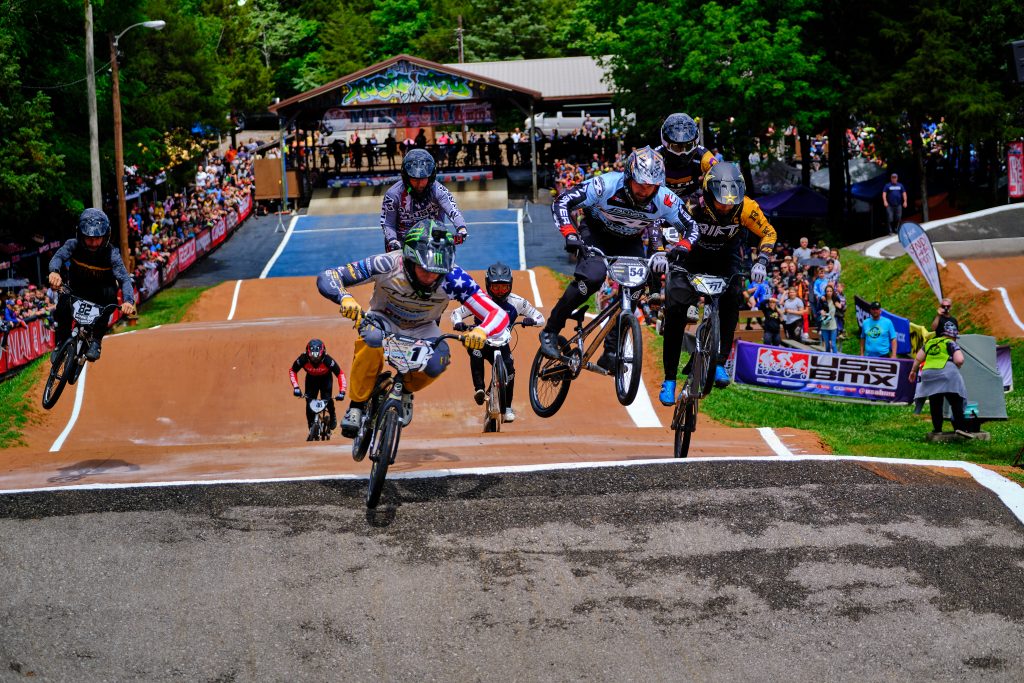
SPG: How is Connor Fields recovering after his crash in the semifinals?
JD: We expect a full recovery from Connor. The team here has been communicating with him on a regular basis. This is a guy who we’ve seen at our racetracks since he was five years old. It was a bizarre injury, very uncommon and very rare, but he’s in great spirits. Connor was already at the pivotal stage and it’s his third Olympics. He’s an incredibly smart individual and the world is available to him in whatever he wants to do. I wouldn’t be surprised if he jumps out and becomes CEO somewhere.
SPG: Looking ahead to the 2024 Paris Summer Games, we’re seeing more nontraditional sport disciplines—surfing, skateboarding, sport climbing and breaking—set to make their Olympic debuts. What are your thoughts on what these nontraditional sports mean to the Olympics, and perhaps what it says about sports participation in general these days?
JD: If the reports coming out of Sports & Fitness Industry Association (SFIA) weren’t a wake-up call enough, what the International Olympic Committee (IOC) did should be a slap in the back of the head to wake up and pay attention to what’s going on. Look at the SFIA reports—BMX is either number one or in the top three of the fastest growing youth sports in the United States for the past five years. You’ve got the Olympic piece of it and you’ve got the data to back it up. As a sports tourism industry, we have to recognize that. We have to understand that the diversification of sports in happening. We see decline in team sports, you see that from the data, we see individual sports picking up. It makes sense. With social media, we’re communicating in different ways than we ever have and that is transcending into how our sports are operating, and what’s popular and what’s not.
SPG: Back in the States, how are things coming along in Tulsa—are the new USA BMX headquarter digs still on track to open by 2022?
JD: What an unbelievable partnership with the Tulsa Sports Commission, Visit Tulsa and the city of Tulsa. I toured the building about a month ago and the facility is phenomenal. We’ve got our office complex, our hall of fame, our STEM educational center through our foundation, and our gargantuan arena. It’s beautiful, it’s first-class. Ray Hoyt, Joel (Koester) and Ashleigh (Bachert) and the team at the Tulsa Sports Commission have been warriors. They helped find a way to create a new home for the entire sport across the United States. I can’t wait for them to be able to bring other rights holders to that facility and say ‘this is our commitment to sport, these are the things that we do.’ That to me is the ultimate full-circle of what we’re going to do.
The building is right on track and we’re planning to be up and operational by January. We are planning events of every shape and size, from galas to educational programming to summer camps. It’s incredible and I’m sitting there talking about SportsETA saying I think I’m going to go to the Facilities Summit because we’re facility owners.
SPG: Can you expand on the scale of the facility, as well as how it aligns with USA BMX’s organizational and staffing strategies?
JD: We’ve got a covered arena with a floor space that’s 400 by 250 feet wide, free span with 50-foot trusses above. An Olympic level BMX track is being built into it and it will be one of the most highly technological BMX tracks that’s ever been constructed with a complete timing system integration. It really has all the things need for high level training. But more importantly, if you have a five-year old who wants to learn how to ride a bicycle, we’ve got a place for him or her. We’ve also got a banquet facility, which is also one of the commitments to the community. If partners want to come in and have banquets, we’ve got the space for them in the beautiful hall of fame that’s being constructed.
We’re working on the staffing plan now, and there will be multiple new positions created for the operation. Event-wise, we’re looking for not only unique and creative events in the headquarter building but also the stadium. There are a lot of new pieces to our puzzle that we are working through that are going to create a lot of opportunities. The best part of it all—and I think what was so attractive for Visit Tulsa and the Tulsa Sports Commission—are events. We’re literally stacking unique events and traditional BMX racing events. That’s when it’s fun. When you can take that normal hat off and think outside the box, it gets exciting.
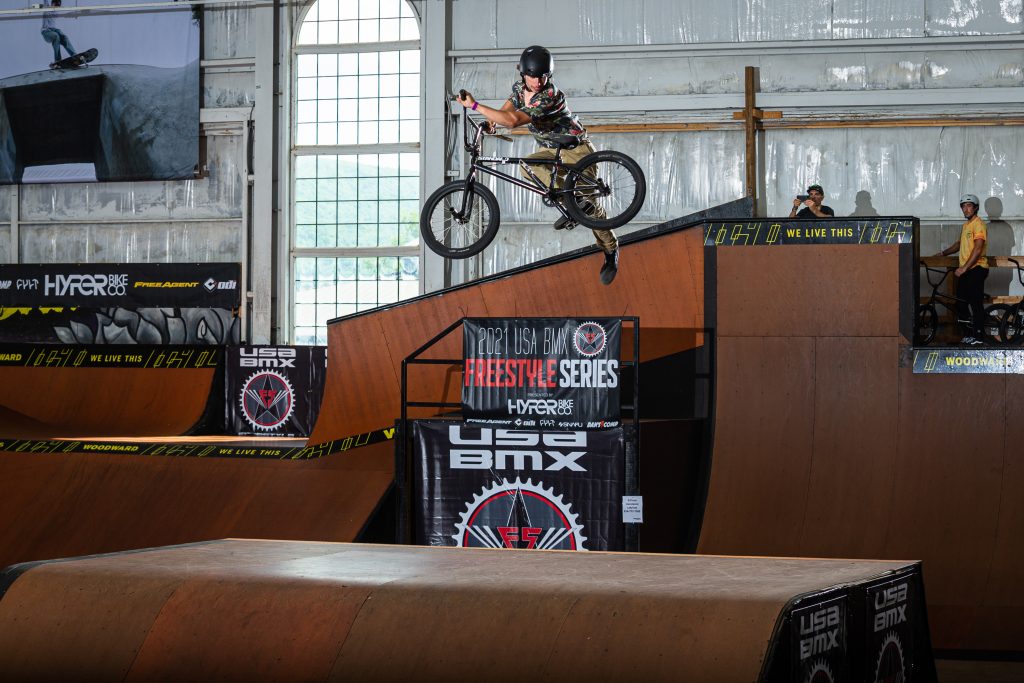
SPG: How did Tulsa end up becoming USA BMX’s new home?
JD: We wanted to find a headquarters with everything on one site. We started working in the Phoenix suburbs and were pretty far along within our RFP process. It’s really a testament to passion, persistence and determination. All three of those adjectives define Ray Hoyt as president and CEO of Visit Tulsa. Ray is like a dog and a bone—he just kept saying, ‘why not Tulsa, why not Tulsa?’. The City of Tulsa rolled out the red carpet and said ‘look at what we’ve done since you’ve been here for 20 years running your events, come make this place home, we want you here.’ And they wouldn’t let it go.
SPG: Were there any entities USA BMX modeled the new headquarters build after?
JD: We looked at what U.S. Ski & Snowboarding has done in Park City, Utah. Their complex is amazing. We looked at the (Olympic Training Center) model in Chula Vista and what was there with the training sites, dorms and everything else. We looked at a lot of facilities and all of those projects had bits and pieces of what we wanted, and gave us some great inspiration of the direction we wanted to go.
SPG: Your title is Chief Strategy Officer – Sports Tourism/Economic Development. The reference to economic development really seems to align with the direction of modern-day sports tourism. What does that title mean to you as part of an NGB operating in the sports tourism realm?
JD: I was Chief Operating Officer for eight years and after our new president, Shane Fernandez, who’s absolutely dynamic, came in, we looked at our staff and restructured based on our strengths and weaknesses. And that economic development and sports tourism piece has become a rock bed of our business. I credit so much of our growth to our participation in sports tourism. I was on a podcast the other day and we were talking about appointments at trade shows and how you can make them good or bad. I kind of joked about it that I’ll literally pick people and places that don’t have a BMX track, but that’s where we want to go build one. My appointment list is nothing like others because we’re thinking growth of sport development. The events are going to happen—we’ve got great places to go and there is no shortage of people who want events. I want to get somebody motivated based on economic development and sports tourism. From that perspective, it really ties in well and is more suited to what I do every day.
SPG: It’s been almost a year and half since the pandemic shut things down. At that time, USA BMX was one of the first event organizations to get a strong COVID-era event operations plan together in writing. Can you take us back to when that document was written and how it has stood the test of time?
JD: It was professionally one of the hardest moments of my career. All of the sudden, everything just stopped and you panic. I gotta tell you in true BMX spirit, just that raw grit—it was our team effort. Our guys rolled up our sleeves and said we are going to figure out how to operate. We dove in, we found best practices and we just built what we felt was a heck of a plan. What was ironic is we ended up teaching a lot of destinations and sharing knowledge. We were all hurting and everyone was in a terrible spot. I’m so proud of our team because our approach was to figure out how to get it done and help others. I will say in another 20 years I will look back at that moment and say it’s one of my proudest moments of what we did.
The plan and the procedures that we developed, we used technology to innovate. We took programs that we were working on that were 20, 30 percent in the process that were three-year projects, and we doubled down and got them done immediately. We had to shift to 100 percent online registration and started electronically posting our moto sheets. All of the technology innovations that we brought to the table are permanent now.
I couldn’t be prouder of what we did and the proof is in the pudding. Right now we have 13,000 more members than we did at the same time in 2019—more than the sport has ever had in its history. Our events have swollen to sizes where we’ve had to restructure weekends to accommodate the size of the event.
SPG: What do you attribute this recent growth to?
JD: We see a huge increase in recreation, we see this increase in people wanting to get outdoors and back to normality. BMX racing was open; BMX racing was available. We also got very aggressive with digital marketing and started targeting other sports. We have a great track in Chandler, Arizona, and if you Googled youth football in the Chandler area, BMX got shot to you. We knew the opportunity for some sports were down, we had a great opportunity, and we pivoted our marketing which has 100 percent paid off.
SPG: After all this success, what might the future hold for USA BMX beyond 2022?
JD: We have a five- and 10-year plan. I’ve been here 20 years and we are going to have the best five and 10 years in this company’s history. We’ve really done some major diversification. The race side of the sport is phenomenal and they’re as good as any event operators in the business. We started our new freestyle division and that is really going well from the ground up. And with our role in sports tourism, one of the things we’ve become very active in is the construction of new facilities.
We’ve also started a whole new division called ABA Ethos, where we’re working with municipalities, parks and recreation departments, sports commissions and CVBs in master planning and starting the operations of BMX tracks, pump tracks and freestyle parks. One of the great expertise that comes with Shane is his general construction and architectural background. That’s his trade, so we’re bringing that and filling this void of a lack of understanding of the sport with how to build pump tracks and BMX parks. When you look at our package in its totality, there is no other sport that is attacking like we are that can offer as much as we can from top to bottom. We have some incredible plans, great leadership and a great staff to make it happen.
By Nick Povalitis, Plus Seven Company

